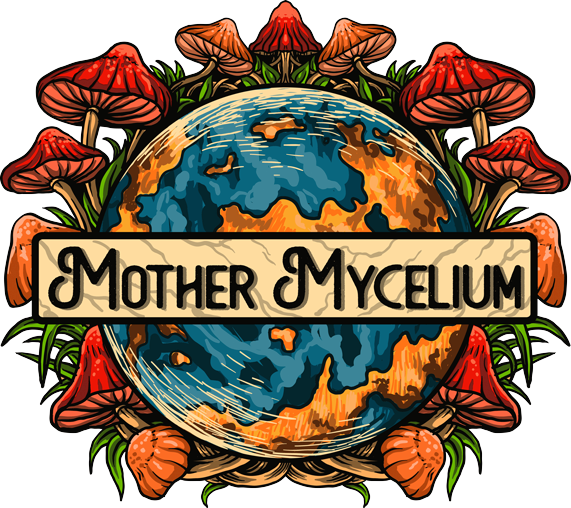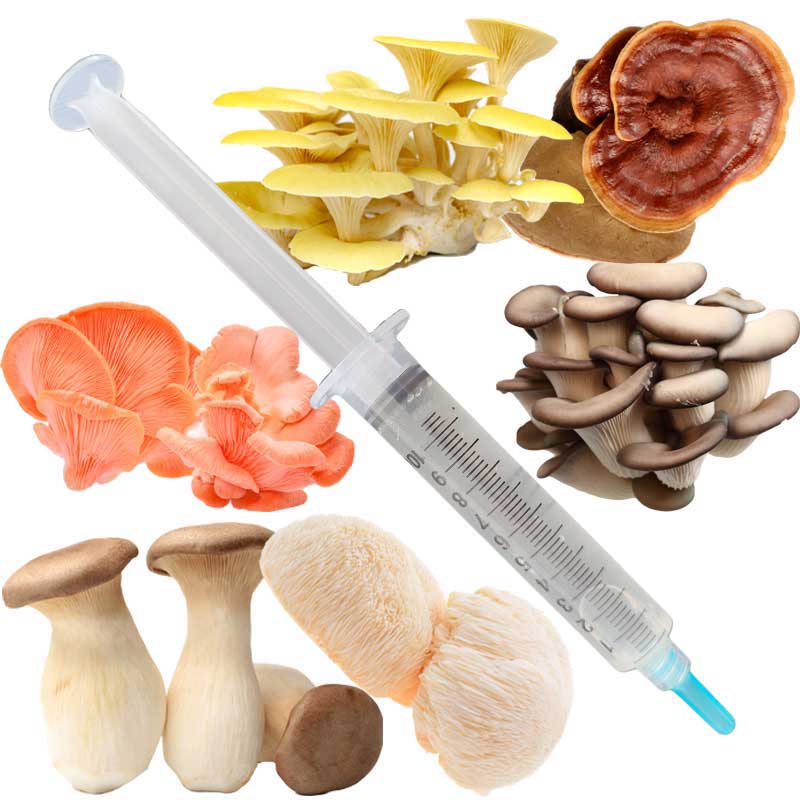
How to Make Mushroom Liquid Culture
Click here to watch a video demonstration
Among the essential techniques for successful mushroom growing, mastering mushroom liquid culture is a game-changer. In this comprehensive guide, we’ll explore the art of propagating mycelium with liquid culture, a crucial skill for mushroom cultivators at any level. Before we get into the details, we’ll start with a quick rundown of the process and needed supplies.
Getting started: Necessary supplies and equipment
Making quality liquid culture will require some specialized supplies and equipment. Here’s a comprehensive checklist of what you’ll need:
- Starter cultures: You can use plate cultures, LC, spores, mushroom tissue (clone), grain spawn, and many more.
- Mason jars with mycology lids: Jar lids made specifically for mycology will help keep your liquid culture contaminant free.
- Liquid culture nutrients: Malt extract, honey, or other easily fermented sugars can be used.
- Pressure cooker: Critical for sterilizing the liquid culture broth.
- Sterile syringes: For transferring liquid culture once it is fully colonized.
- Isopropyl alcohol or alcohol wipes: For sterilizing workspace and tools.
- Magnetic stir bar and stir plate (optional)
How to make Liquid Culture (broth)
Before we dive into more details on the process of making mushroom liquid culture, here’s a step-by-step guide to get you started. Keep reading for an in depth explanation of the various aspects of making liquid culture for mushroom cultivation.
- Fully dissolve 12g honey or other nutrients into 500g of distilled or RO water.
- Pour the broth into a wide-mouth quart sized mason jar or other autoclavable media bottle. Always choose a vessel that is at least twice the volume of the broth to prevent over boiling.
- Place magnetic stir bar in jar.
- Cap the mason jar or media bottle ensuring that it is not completely tight. CAUTION: ensure the screw top on the media bottle or glass jar is not tightened completely. Certain vessels may crack or break during the sterilization process.
- Cover the jar lid with aluminum foil to prevent water from pooling on the lid.
- Place the mason jar in your pressure cooker and sterilize at 15 psi for 20 minutes (or follow the directions provided with the media mix). Thorough sterilization is critical when preparing liquid culture.
- Remove the sterilized broth from the pressure cooker.
- Label the vessel with the date and type of broth used.
- Cool completely before inoculation.
Liquid Culture Basics
Mycelium is generally propagated by solid state fermentation (grain spawn, sawdust spawn, etc.) or liquid fermentation (liquid culture). High quality mushroom liquid culture (LC) is a key method for propagating mushroom mycelium that can easily be done at the home scale. Liquid culture (or liquid fermentation) is simply mushroom mycelium grown in sterilized liquid nutrient media. LC is a great way to expand mycelium for repeatable and consistent inoculations. It is also very useful for long term storage of mushroom genetics. Liquid culture is a great inoculum because the liquid helps to evenly distribute the mycelium into the new growing medium. It can be advantageous to use liquid culture in place of spores since the mycelium is already alive and proven to be viable, whereas with a spore syringe, the spores take much longer to germinate and grow, and the genetics are not guaranteed to produce a viable crop of mushrooms. Healthy and vigorous liquid culture is instrumental in growing mushrooms for long periods of time. If you start a cultivation endeavor with liquid culture of poor quality, you’re more likely to encounter contamination, slow growth, or other failures. Whether you plan to grow at home or on a commercial scale, making quality liquid culture is well worth the time and effort.
Liquid Culture Recipes
Liquid culture broth can be made using a variety of nutrients and additives. Common LC nutrients include honey, corn syrup, malt extract, potato dextrose and many more. Generally, you’ll want to use a mixture that is no more than 4% carbohydrates (sugars). You can also use other additives in small amounts for protein, lipids, starches, minerals, vitamins, and more. These additives can select for certain types of fungal growth. Check out The Difco Manual of Microbiological Culture Media for hundreds of media recipes. Below are some basic recipes we use here at Mother Mycelium. These recipes can also be used for agar by adding 20g agar powder per 1L water. For more details on making agar, check out our in-depth post about how to make agar and other mushroom cultivation media.
| Media Type | Nutrients | Water (g) |
| General Purpose LC | -12g light malt extract, honey, potato dextrose, etc | 500 |
| Peptone LC | -12g light malt extract -0.5g peptone -can also add 0.5g yeast or other additives in small quantities | 500 |
Liquid Culture Jars – Mycology Lids for Liquid Culture
Liquid culture can be made in a variety of sterilizable containers, but mason jars are typically the best choice for home cultivators. Typical quart sized mason jars can be outfitted with modified lids made specifically for mycology. These specialized mycology lids feature an injection port for sterile inoculations and a filter patch (or other types of filters) for contaminant free gas exchange. These specialized lids allow you to sterilize and inoculate your liquid culture broth without ever opening the jar. Shop mycology jar lids.
Inoculating Liquid Culture
Sterile inoculation of your liquid culture is critical since the nutrient broth is highly susceptible to contamination. It may seem intimidating at first, but sterile inoculation can be done with no prior-experience and no special equipment. If you have a starter liquid culture syringe and a self-healing injection port on your jar, you can successfully inoculate LC. Simply wipe your injection port with isopropyl alcohol or an alcohol wipe, then flame sterilize the liquid culture needle and inject straight into the injection port. This is a fast and reliable method for inoculating liquid culture without a flow hood or other special equipment. See the video tutorial for more information on inoculation and aseptic (sterile) technique.
How to Incubate Liquid Culture
Once you have inoculated your LC, place it where it will receive no light or very little natural light. For best results, keep it at a temperature between 70-75 degrees Fahrenheit (20-24 C). Using a magnetic stirrer, stir the LC for 5 minutes or more per day. You can also gently shake or swirl the LC to agitate it but try to avoid getting the filter patch on the jar lid wet. After 5-10 days, you should see a lot of healthy growth and a clear nutrient broth. If the broth is cloudy this could be a sign of contamination. When the mycelium is fully colonized LC can be stored for months (or years) at room temperature or refrigerated. You can then use a sterile syringe to pull LC from the jar as needed.
How to Use Liquid Culture
Liquid culture can be used to inoculate a variety of solid substrates, but it is mostly used to inoculate grain spawn. Colonized grain spawn can then be used to inoculate sterilized, pasteurized, or non-sterile/natural substrates depending on the application. For more details see our post on How to Make Mushroom Grain Spawn. Liquid culture can also be used to inoculate more LC, agar plates, agar slants, etc.
Using LC to inoculate grain spawn.
- Wipe LC Jar Lid with Isopropyl alcohol or an alcohol wipe
- Wipe Grain Spawn injection port with alcohol
- Remove a sterile syringe and sterile needle from packaging and assemble.
- Carefully tilt the LC jar and extract 5-10ml LC from the jar
- Immediately inject the liquid culture through the grain spawn injection port
Check out our post on grain spawn for more details on incubating and using grain spawn.
Please feel free to contact us at info@mothermycelium if you have any questions about liquid culture or mushroom cultivation!
Latest Articles
Latest Articles
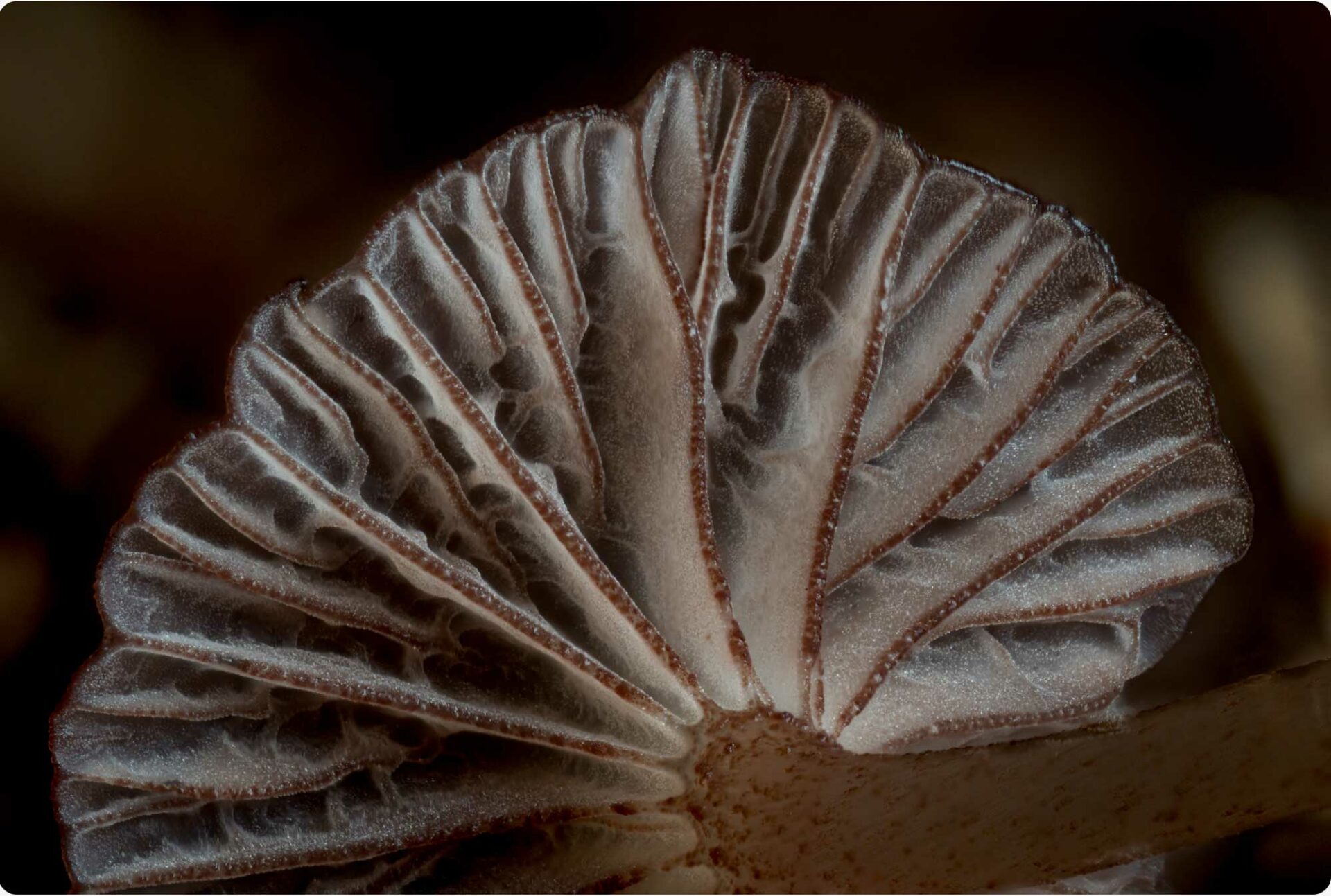
Mycology Glossary: Unlocking the Language of Fungi
Fungi are fascinating organisms, but the world of mycology (the...

Introduction to Mushroom Foraging in the Rockies
Mushroom foraging is a unique adventure that combines hiking, nature...
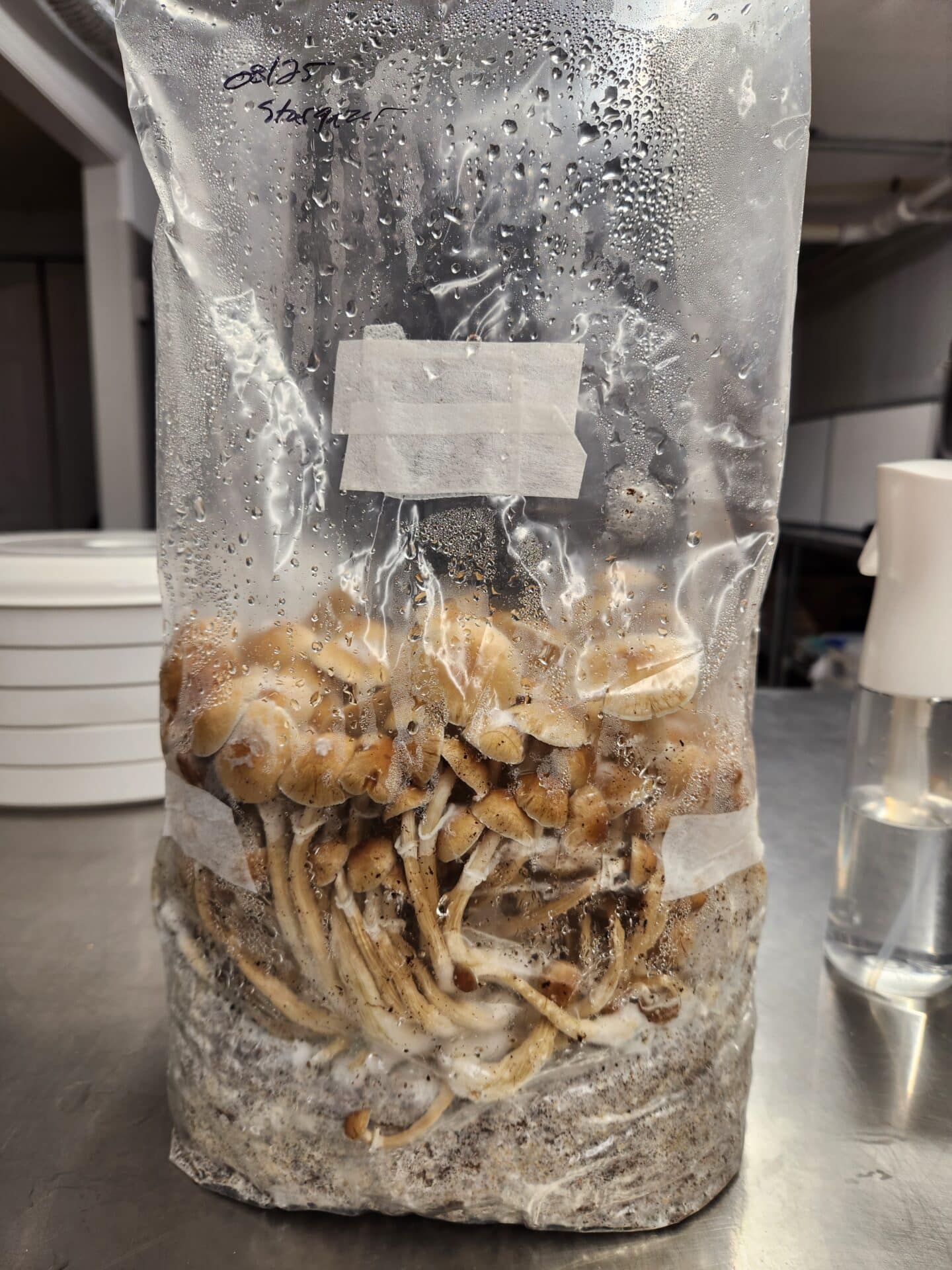
DIY Mushroom Grow Bags
Intro Growing mushrooms at home doesn’t have to be complicated...
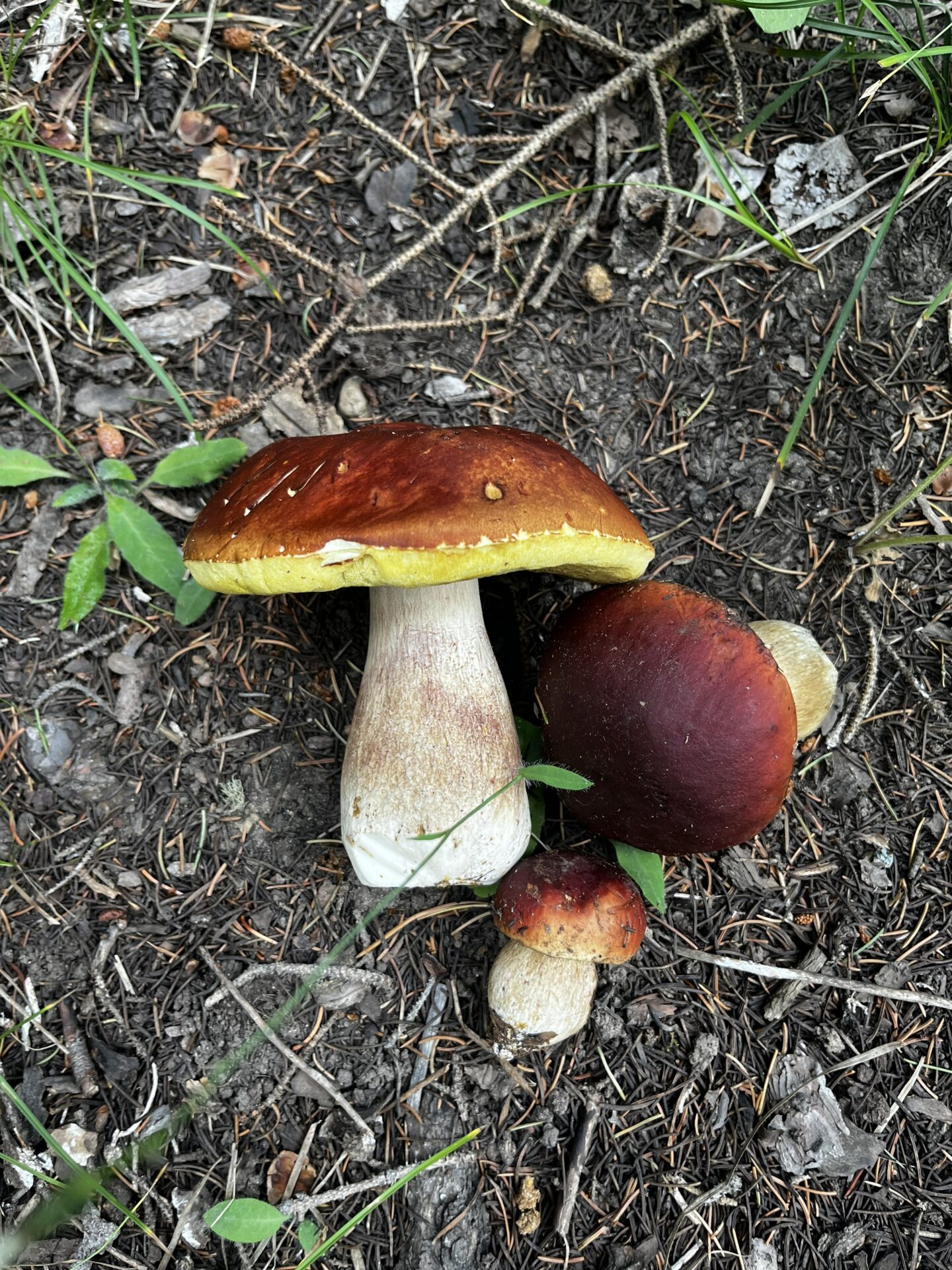
Colorado Mushroom Hunting Resources
Whether you’re just starting your journey into mushroom foraging or...
